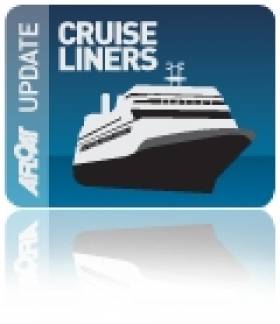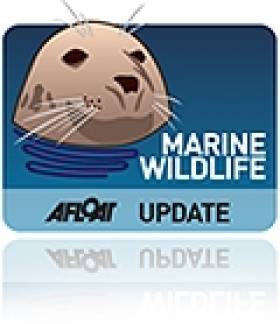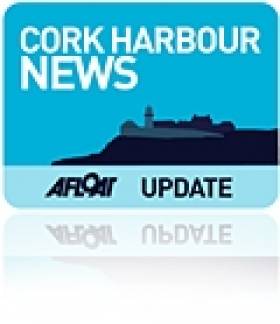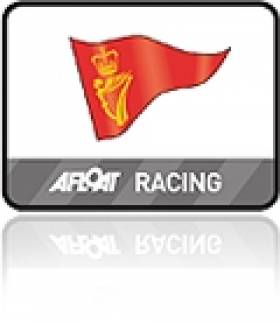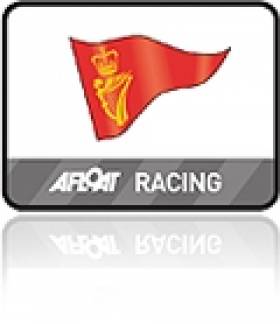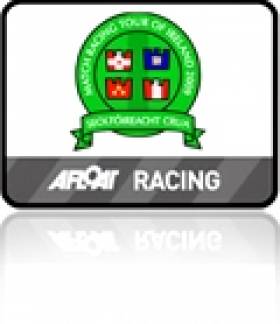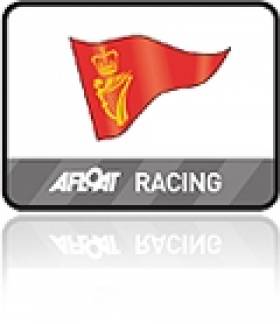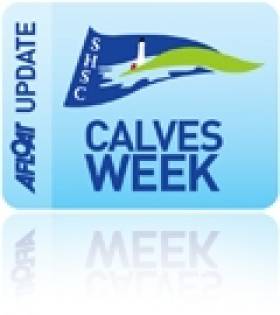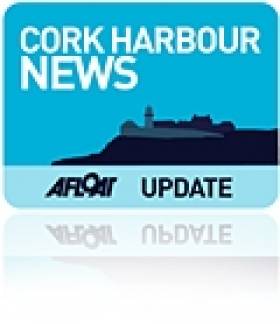Displaying items by tag: Cork Harbour
'The World' Lights Up Cobh - Photos here!
Though 'The World' Liner docked first in Dublin this month, it was not until she pulled in to the deepwater quay at Cobh in Cork Harbour did we see photographs as pretty as those captured last night by marine photographer Bob Bateman. As he prepared for the 10.30pm photo shoot the new Cork Swansea ferry 'Julia' sailed by to add to the vibrant Cork Harbour maritime scene. Bob's photos below:
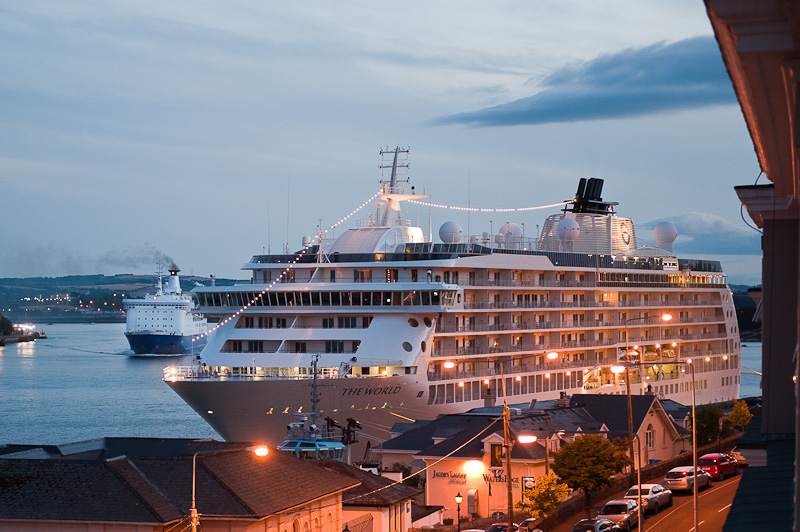
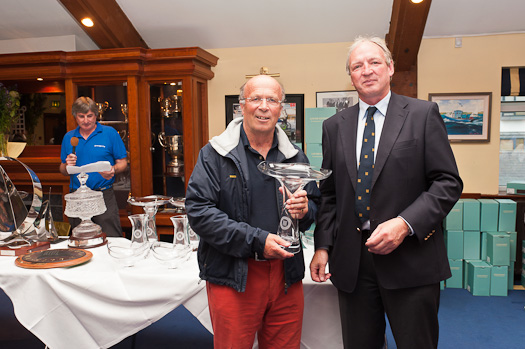
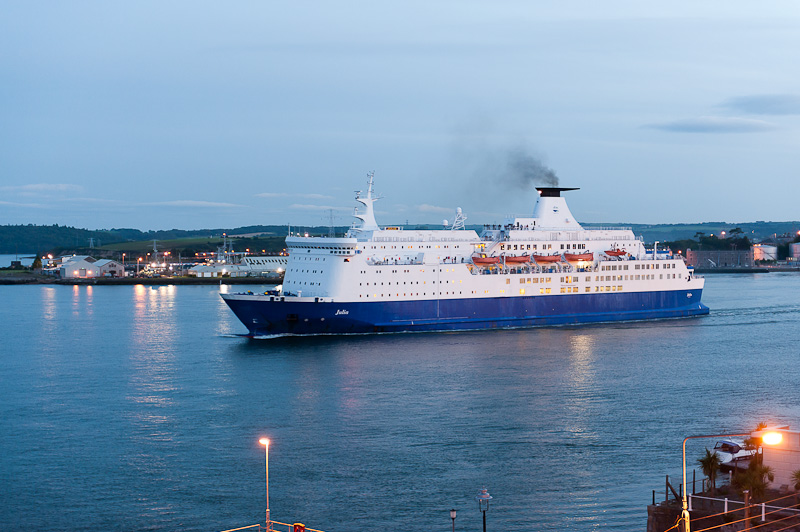
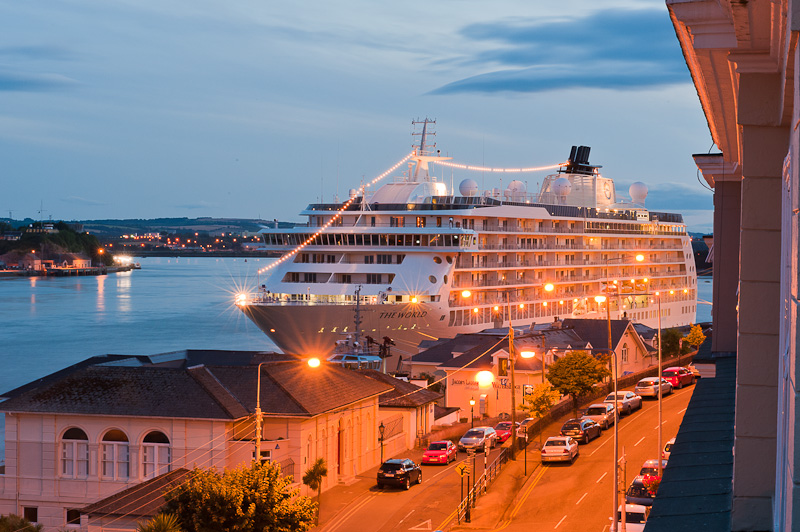
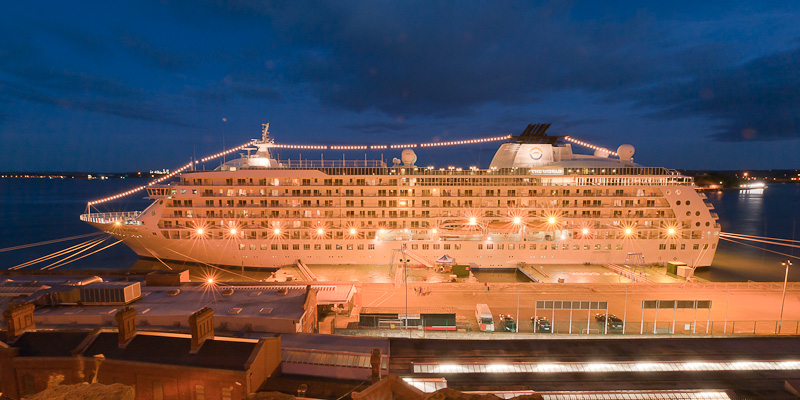
Should a bather step on a weever fish then the pain is excruciating as the spines embed into the human flesh and discharge their poison. (SEE RELATED VIDEO BELOW)
The pain is at its most intense for the first two hours when the foot normally goes red and swells up, and then it may feel numb until the following day with irritation and pain that may last for up to two weeks. Sometimes, the spine breaks off in the foot and it will cause discomfort until it is removed. You won't see a Weever fish easily but you will know it's there if you are unfortunate enough to stand on one since its back has a defensive sting mechanism. The sting can be very painful but will not cause permanent damage.
The poison is a type of protein and is heat labile. Most reports of stings occur during the month of August. This does not mean that this fish are particularly prevalent inshore during this month but merely reflects the greater numbers of bathers as the sea temperature reaches the highest of the year. The only death on record after someone being stung by a Weever occurred as long ago as 1927, when an angler suffered multiple stings whilst fishing off Dungeness in the UK.
The mouth itself is in an unusual position on its head, oblique and almost vertical and contains some of the most sharp and vicious looking teeth in the undersea world. Luckily it only reaches about 15 cm long.
The Weever has to be quick to catch is prey though, and for half a metre it has a fair turn of speed, before sinking to the sea floor. This fish does not have a swim bladder, the device used by most bony fish to keep buoyant.
The species found in shallow waters is called the Lesser Weever with the scientific name of Echiichthys vipera. There is a larger species called the Greater Weever, Trachinus draco, found in deeper water and occasionally seen on the fishmongers slab. The word 'weever' was first found used in the English language during the 17th century and comes from the Old northern French word 'wivre'.
One danger is that it can cause anaphylactic shock or allergic reaction and people have been known to die.
People who have been stung should take painkillers and if they develop an allergic reaction to the sting, a course of antihistamines is recommended
Seek assistance from a lifeguard who are all qualified first aiders.
Aspivenin syringes can painlessly draw out poison from the wound.
If you are away from a beach with lifeguard support, as soon as possible get the area which has been stung, invariably the foot, into hot water, this increases the blood flow which assists natural cleaning and healing, the heat also helps to breakdown the poison. The water needs to be over 40 degrees Celsius to be of any benefit in breaking down the poison.
Cobh Peoples Regatta Starts at the Promenade
Cobh People Regatta for all classes will be held this Sunday afternoon (15th of August). There'll be a first gun at 14:00 hrs and the start area is Cobh Promenade. A prizegiving afterwards will be held at Trade Winds restaurant. More details HERE and the notice of Race is attached below.
An tSciocháin, a 1956 Bounty ll, crewed by five volunteers from the Crosshaven Lifeboat and skippered by Pat Fagan was the sole Irish entry in La Coupe des TROIS Phares that departed Crosshaven for France at the weekend.
An tSciocháin is skipperd by Pat Fagan with crew members Brendan Fagan, Pat Harris, Alan Barton and Gus O’Donovan
The competitors crossed the start line at the mouth of the harbour between the committee boat and the E4 mark under National Race Officer, Richard Leonard assisted by RCYC Admiral Paddy McGlade writes Claire Bateman.
The event is a long-range cruising-race the classic yachts from
With a northerly wind and an ebbing tide (PHOTOS BELOW) the sailors were wise in being a little bit shy of the line but with spinnakers hoisted off they went and made a pretty sight as they headed out into the open sea watched by spectator boats including the Crosshaven Inshore Lifeboat. returning from exercise. The fleet was accompanied by their mother ship Notre Dame des Slots and other vessels.
There was a very nice gesture from the competitors as each yacht saluted and thanked the Race Officer as they passed the committee boat.
No doubt many of the boats had stories attaching to them but none more so than the yacht Pen Duick ll formerly owned by the late Éric Tabarly and now in the ownership of the École Nationale de Voile. Monsieur Tabarly, a former French Naval Officer was often known as the father of French sailing.
It has been a very enjoyable week for both the Competitors and the Royal Cork Yacht Club concluding with a dinner in their honour last evening (Fri) complete with traditional Irish entertainment consisting of music and dancing with the French visitors joining in with gusto. The partying went on until the early hours of the morning. Many friends were made and there is expectation they will return again to the Royal Cork Yacht Club in 2012.

Pat Fagan's 'An tSiochain' departs Cork Harbour for France. Photos: Bob Bateman
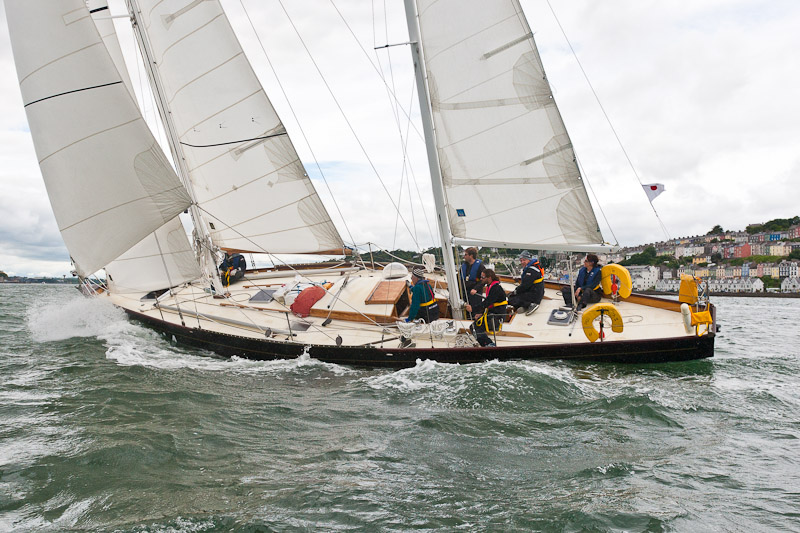
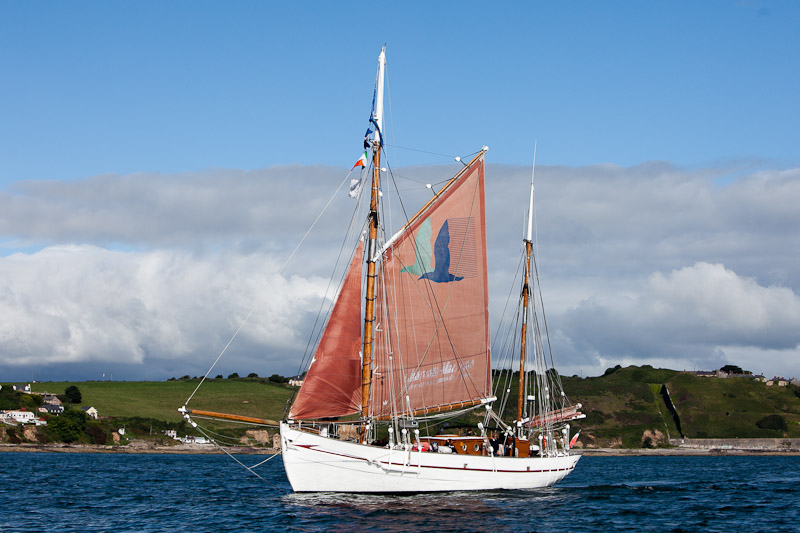
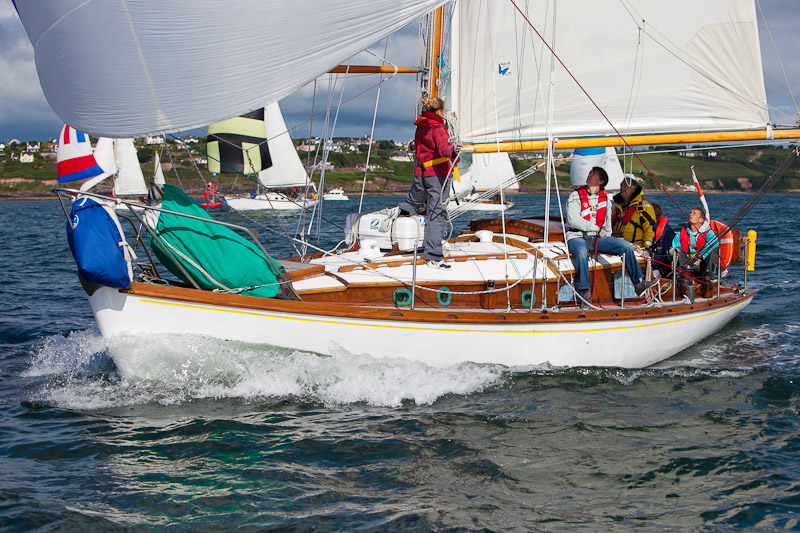
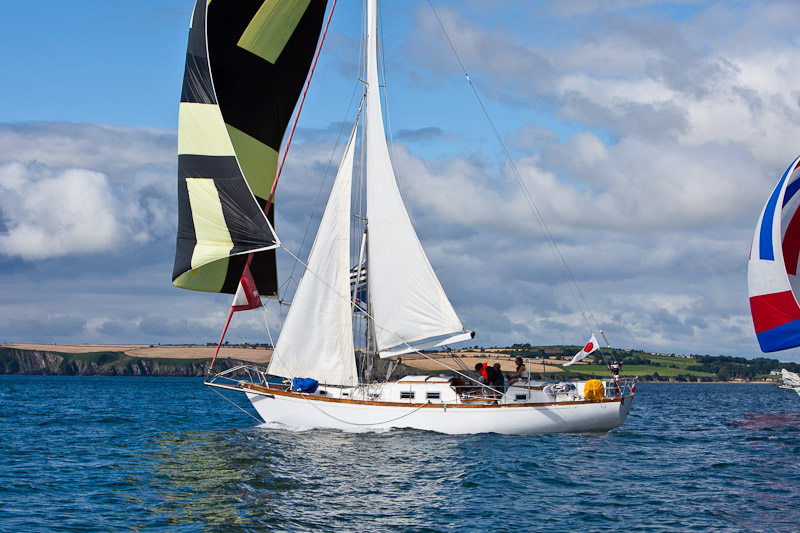
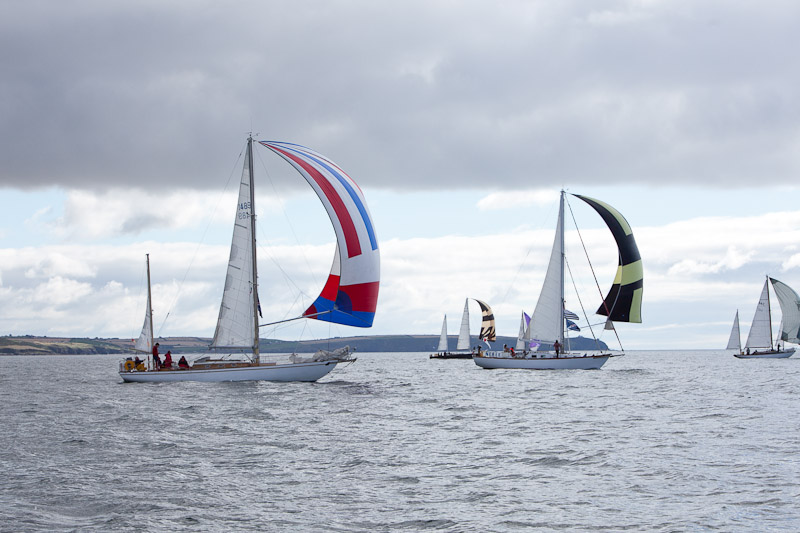
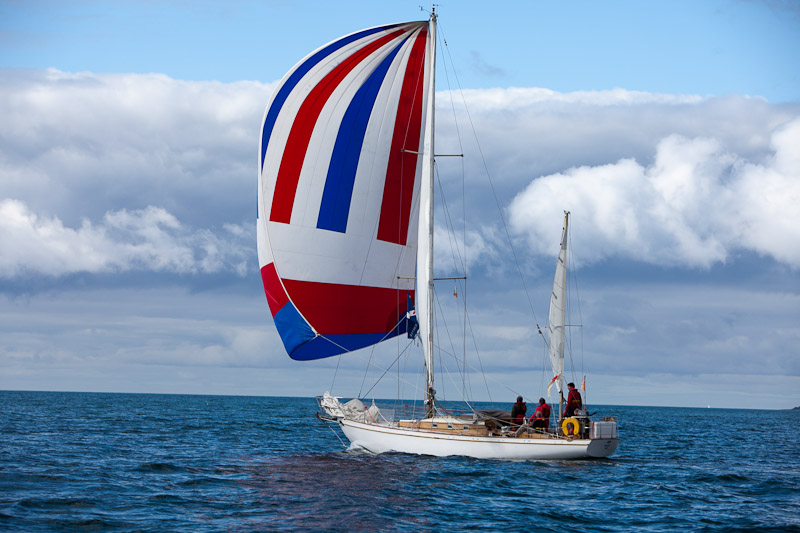
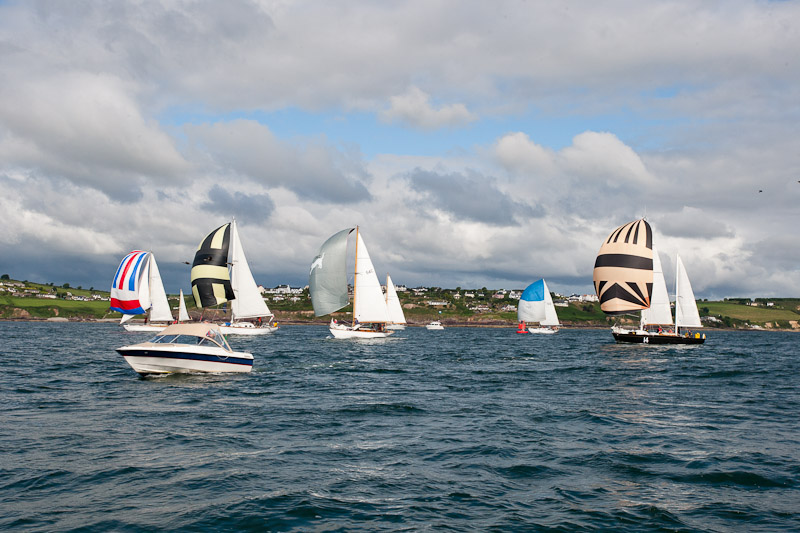
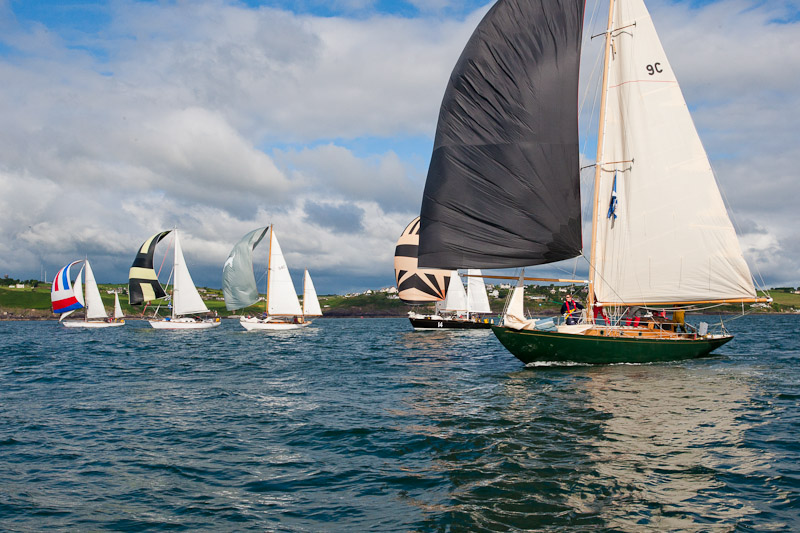
More Photos on the Gallery HERE
Good Turnout for HM Yachts League
The first in the seven race series of the HM Yachts August/September League took place at Royal Cork last night. Competitors were given a boat start from Corkbeg and beat to the Cage in a good south westerly breeze before a run to No. 7 and thence on to No. 13 off Cuskinny. There was a very good turnout of approximately twenty boats, an excellent number in view of the fact many boats have gone west for Calves week.
The first gun for these August races will be 18.50hrs each Thursday and 18.25hrs for the September races in order to allow for fading light.
A Gallery of photos from last night's race is HERE.
Cork Match Racing Open Cancelled Due to Lack of Race Officers
Match Racing Ireland (MRI) has cancelled the Cork Match Racing Open due to be held in ten days time.
The Royal Cork Yacht Club (RCYC) was running the Open, an event that forms the final leg of the Irish Match Racing Tour before the National Championship to be held in Kinsale at the end of October.
However in a statement issued this morning MRI says that "due to the unavailability of a suitable race management team Royal Cork YC and Match Racing Ireland have regrettably come to a decision to cancel the Open".
The MRI statement goes on to say:
"This is obviously very disappointing for every one concerned but we felt that invitations should not be sent out, committing teams to accommodation and transport arrangements, unless we were confident that we would be able to arrange an event of the quality we all expect.
We apologise to the teams who where looking forward to attending.
Looking at the reasons for the cancellation the main issues seem to be a question of scheduling. Post Cork Week burn out, other championship commitments and plain simple family holidays have spoken for a number of the race management teams that would normally be supportive of match racing. On the other hand the extra resources we need and challenges of running 30-40 races a day mean that it unfair to throw
some one in at the deep end at short notice"
There were also issues with the Dublin Match Racing Open in May because of the availability of crews and MRI says it won't schedule events around this time again because of exam timetables.
The statement continues: "Any sailing series in Ireland with out the involvement of Cork, well it's just not the real deal. There are plenty of Cork sailors involved with match racing, our main pool of Irish umpires are based in the county and RCYC and Kinsale have been at the forefront in terms of pushing match racing forward in this country."
It is understood Royal Cork has requested that MRI set-up an open meeting later in the year to get every one in the county with an interest in match racing together and look at how to take it forward.
Entries Gear up for 'HM Yachts' League in Crosshaven
Competitors in Cork Harbour are gearing up for Thursday's first race of The HM Yachts August/September League which takes place at the Royal Cork Yacht Club (RCYC), Crosshaven. The regatta series will be sailed under handicap for Cruisers. Dates as follows:
HM Yachts Series
Race 1 Thursday August 5th 2010 1850
Race 2 Thursday August 12th 2010 1850
Race 3 Thursday August 19th 2010 1850
Race 4 Thursday August 26th 2010 1850
Race 5 Thursday September 2nd 2010 1825
Race 6 Thursday September 9th 2010 1825
Race 7 Friday September 17th 2010 1825
A Notice of Race is attached for download below
Raymarine Electronics Sale in Cork Harbour
The firm who are also Nanni diesel and Yanmar engine agents are based in Unit 11, Kilnagleary Business Park,Carrigaline, Co. Cork. Web site (under construction) www.completemarinesolutions.ie or call +353 (0)21 4376766
Spinnaker Run to Calves Week
The race continued to Schull where Donal O'Learys 'D Tox' took line honours finishing shortly after 7am. With numerous requests for redress, the race committee had a busy time sorting Class One results, which resulted in 'D Tox' taking first in both IRC and Echo, with Exhale and Saxon Senator filling second and third.
The spoils were shared in Class Two With Kieran O Briens 'Magnet' taking the IRC trophy, with the Barrett/Conlon team in 'Y Knot' winning Echo.
In the combined Classes Three and Four dogged determination finally paid off for Eddie Higgins and the crew of La Maraquita who, sailing the smallest boat in the race, crossed the Schull line in an elapsed time of sixteen and a half hours to capture the Echo trophy, with David Kenefick's 'Tiger' winning IRC.
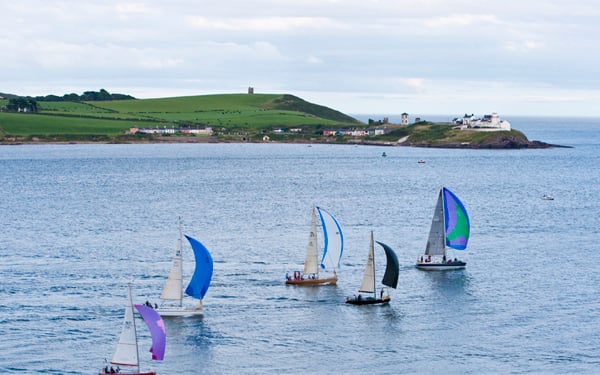
West Cork bound. Photo: Robert Bateman
Compared with their companions from the previous night, the five White Sail boats that started from Kinsale on Saturday morning had an uneventful long slog to Schull where Bryan Heffernans 'Aisling' took first ahead of Doherty and Co in 'Free Spirit' and Julian Dockery's 'Flying Fish',while Kieran Dwyer's 'Brazen Huzzie' was the sole finisher in White Sail Two.
On Sunday the Wind Gods totally deserted Schull, where Race Officer Neill Prendeville was finally forced to fly the abandonment flag after a four hour postponement.
Cork Harbour Open Day 2010 - Call for events
Cork Harbour
Open Day will take place on Saturday 4th September 2010. Aimed at embracing what Cork Harbour has to offer, the Cork Harbour Open Day seeks to raise awareness of the different activities available for people in the harbour both on and off the water.
Cork Harbour is the second largest natural harbour in the world, next to Sydney Harbour, offering beautiful locations for enjoying the outdoors, dramatic coastlines, and excellent leisure facilities. It is home to some very talented artists, sportsmen and women, and people who are passionate about the history, heritage and cultural value of Cork Harbour.
To get involved in Cork Harbour Open Day or to organise an event on the day, please visit www.corkharbour.ie or contact Sara Dymond at [email protected] or 021-4625375.
The idea for a Harbour Open Day emerged from discussions between various stakeholders involved in the development and implementation of the Integrated Strategy for the Harbour. A group comprising representatives from UCC, City and County Councils and the Port of Cork set about working together to engage users of the Harbour and to organise the Open Day.
Info: www.corkharbour.ie


























